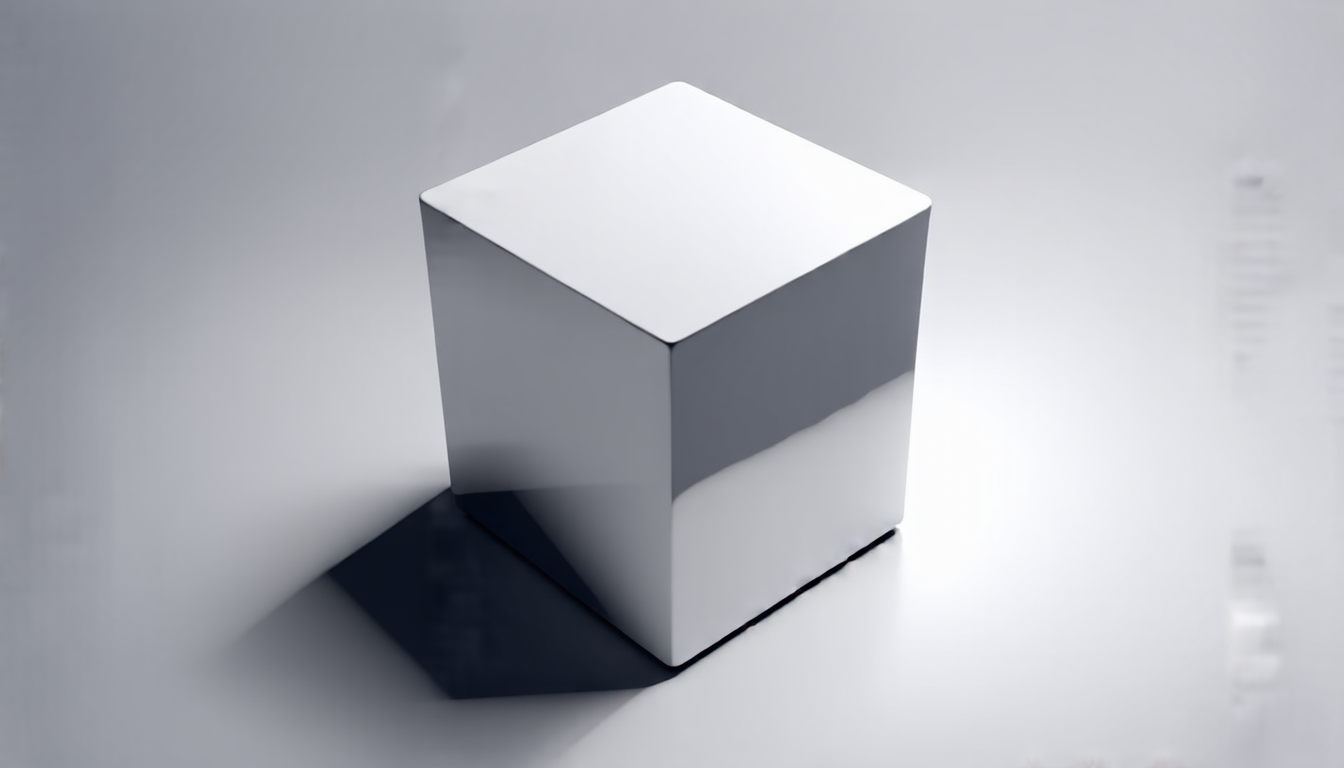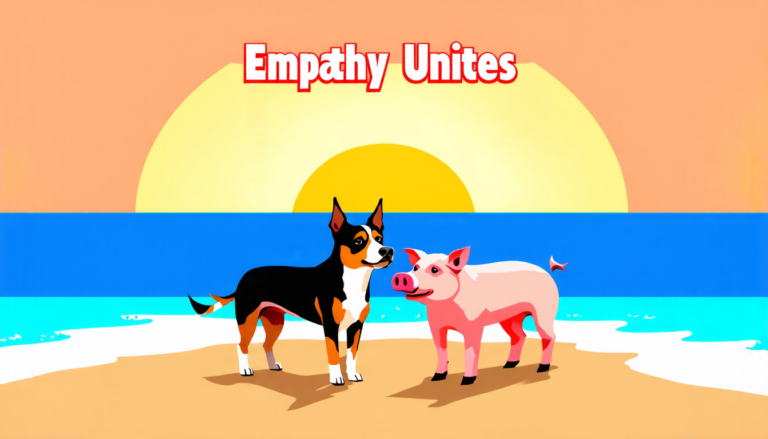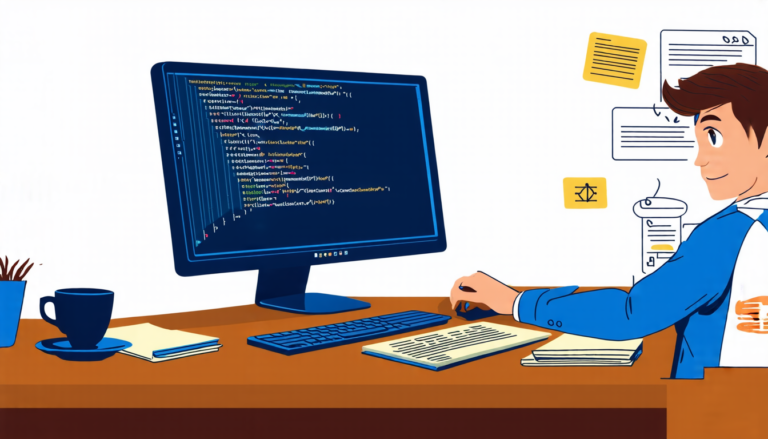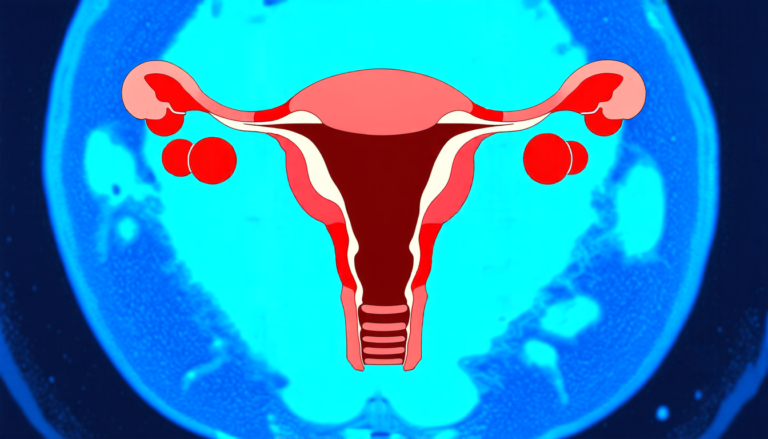Wednesday 09 April 2025
The complexity of geometric vision problems has long been a significant challenge in computer science, with many subproblems requiring slow but guaranteed methods or faster, local iterative approaches that lack assurance of reaching an optimal solution. However, researchers have now devised a framework for reducing this complexity through targeted reweighting of the cost functions used to minimize reprojection errors.
One fundamental problem in multiple view geometry is triangulation – estimating a 3D point from noisy 2D projections across multiple images. While typically tackled using slow but guaranteed methods, recent work has shown that optimal triangulation can be simplified by applying this framework, reducing the computational complexity and preserving strong geometric accuracy.
The key innovation lies in modifying the cost function used to minimize reprojection errors. By strategically reweighting these costs, researchers have demonstrated that the underlying complexity of the problem can be significantly reduced. This is achieved through a process known as targeted reweighting, which selectively adjusts the importance of different terms in the cost function.
In the context of triangulation, this approach involves reweighting the contributions from each camera image to the overall reprojection error. By doing so, researchers have shown that the optimal solution can be obtained more efficiently, reducing the computational complexity and enabling faster processing times.
The framework’s effectiveness has been demonstrated through experimental results on real-world data, showcasing its ability to outperform standard methods in terms of both accuracy and speed. This breakthrough has significant implications for a range of applications, from 3D reconstruction and robotics to augmented reality and computer vision.
One potential application is in the development of more efficient algorithms for structure-from-motion pipelines, which rely heavily on triangulation to estimate camera poses and reconstruct 3D scenes. By leveraging this simplified framework, researchers may be able to create faster and more accurate algorithms that can tackle larger and more complex datasets.
Furthermore, the targeted reweighting approach has broader implications for computer vision research, as it offers a new strategy for tackling other challenging problems in the field. By selectively adjusting the importance of different terms in cost functions, researchers may be able to develop more efficient solutions for a range of applications, from object recognition and tracking to scene understanding and analysis.
As researchers continue to explore the potential of this framework, its impact is likely to be felt across multiple disciplines. From computer science and engineering to physics and mathematics, the targeted reweighting approach has the potential to revolutionize our ability to tackle complex problems and extract insights from large datasets.
Cite this article: “Geometric Vision in High Dimensions: A Novel Framework for Efficient Computation”, The Science Archive, 2025.
Computer Vision, Multiple View Geometry, Triangulation, Reprojection Errors, Targeted Reweighting, Cost Functions, Computer Science, 3D Reconstruction, Robotics, Augmented Reality







